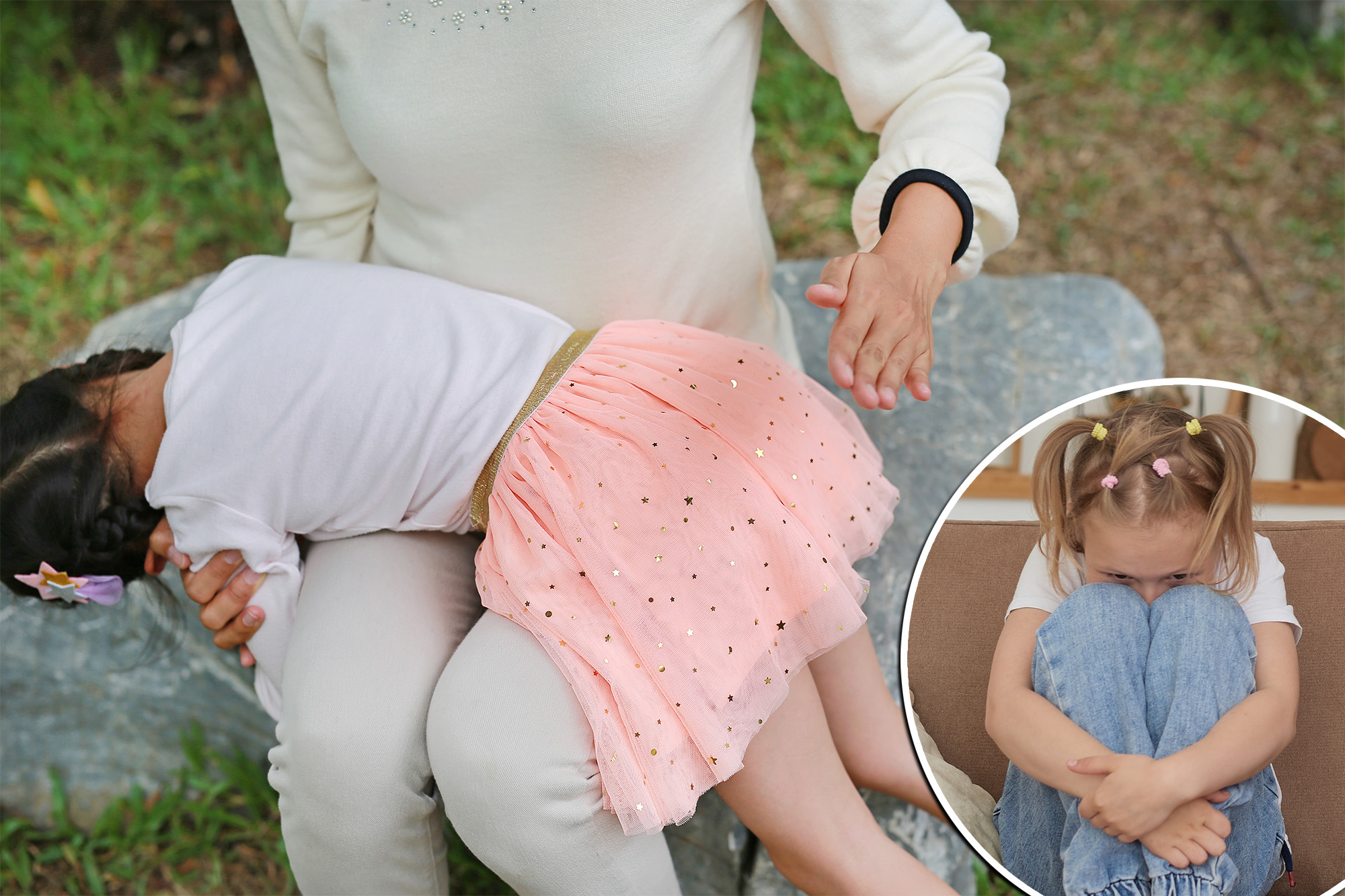
A recent study examined the long-standing debate about the impact of smacking on children’s development.
The study, published in Marriage & Family Review, found that punishment may not be as damaging to a child’s future.
zilvergolf – stock.adobe.com
etonastenka – stock.adobe.com
The researchers found that stroke accounted for less than 1% of the variation in children’s outcomes, indicating that its negative effects may be exaggerated.
The topic of whether or not spanking is an effective or harmful form of punishment has sparked considerable debate for generations. Previous research has established a strong link between physical punishment and negative outcomes for children, but much of this work has not considered pre-existing behavioral issues in children.
This made it difficult to determine whether smacking was causing problems directly or if it was being used more often with children who were already exhibiting behavioral difficulties.
Robert E. Larzelere, an endowed professor of parenting research at Oklahoma State University and author of Authoritative Parenting, has devoted 40 years to studying this topic.
He claims that spanking does not lead to negative consequences unless it is administered excessively or from a place of malice rather than genuine concern for the child.
“Although it is clear that stroke is associated with adverse outcomes such as delinquency, it causes those outcomes (such as smoking) or not (such as hospitalization, which is also associated with worse outcomes compared to those who do not have ever been hospitalized)?” Larzelere asked.
“The answer so far: Spanking does not cause harmful results unless it is used too often or too harshly or out of meanness rather than concern for the child’s welfare.”
Larzelere and his team conducted meta-analyses using data from previous studies that tracked the same children over time. By accounting for children’s behavior before the stroke, researchers can highlight the effects of the stroke alone.
The researchers examined four main outcomes: externalizing problems (such as aggression), internalizing problems (such as anxiety), cognitive performance, and social competence.
The study also examined a specific form of punching – “backup punching” – which consists of two open-handed blows to a child’s bottom. Randomized controlled trials showed that this method was significantly more effective than allowing children to go out without consequence.
After accounting for baseline behaviors, analysis revealed that hitting explained less than 1% of the variance in children’s scores.
Overall, this study suggests that the impact of spanking on behavioral and developmental outcomes is minimal and that previous research may have overestimated its deleterious effects.
Spanking can be effective in encouraging cooperation, especially among younger children. The researchers found that smacking was slightly more beneficial for children ages 2 to 6, linking it to slight reductions in misbehavior.
In contrast, as children got older, the effectiveness of the stroke decreased and was associated with worse outcomes for those aged 8 to 11 years.
“Although different things work for different children (or for the same child at different times), spanking can be an effective disciplinary tool in some circumstances,” Larzelere told PsyPost.
“The most effective way to use spanking is two open-handed blows to the bottom of 2- to 6-year-olds when they refuse to cooperate with milder disciplinary responses, such as time out.”
“When used in this way, defiant children learn to cooperate with milder disciplinary responses so that the spanking can be phased out. Similarly, timeouts and removal of privileges can be used to support verbal explanations and negotiations, which should be preferred by all parents when appropriate.”
While research shows that controlled and limited spanking may not cause significant harm, especially in younger children, experts point out that misuse or overuse of physical punishment can lead to negative outcomes.
#Adverse #effects #childhood #concussion #overestimated #study
Image Source : nypost.com